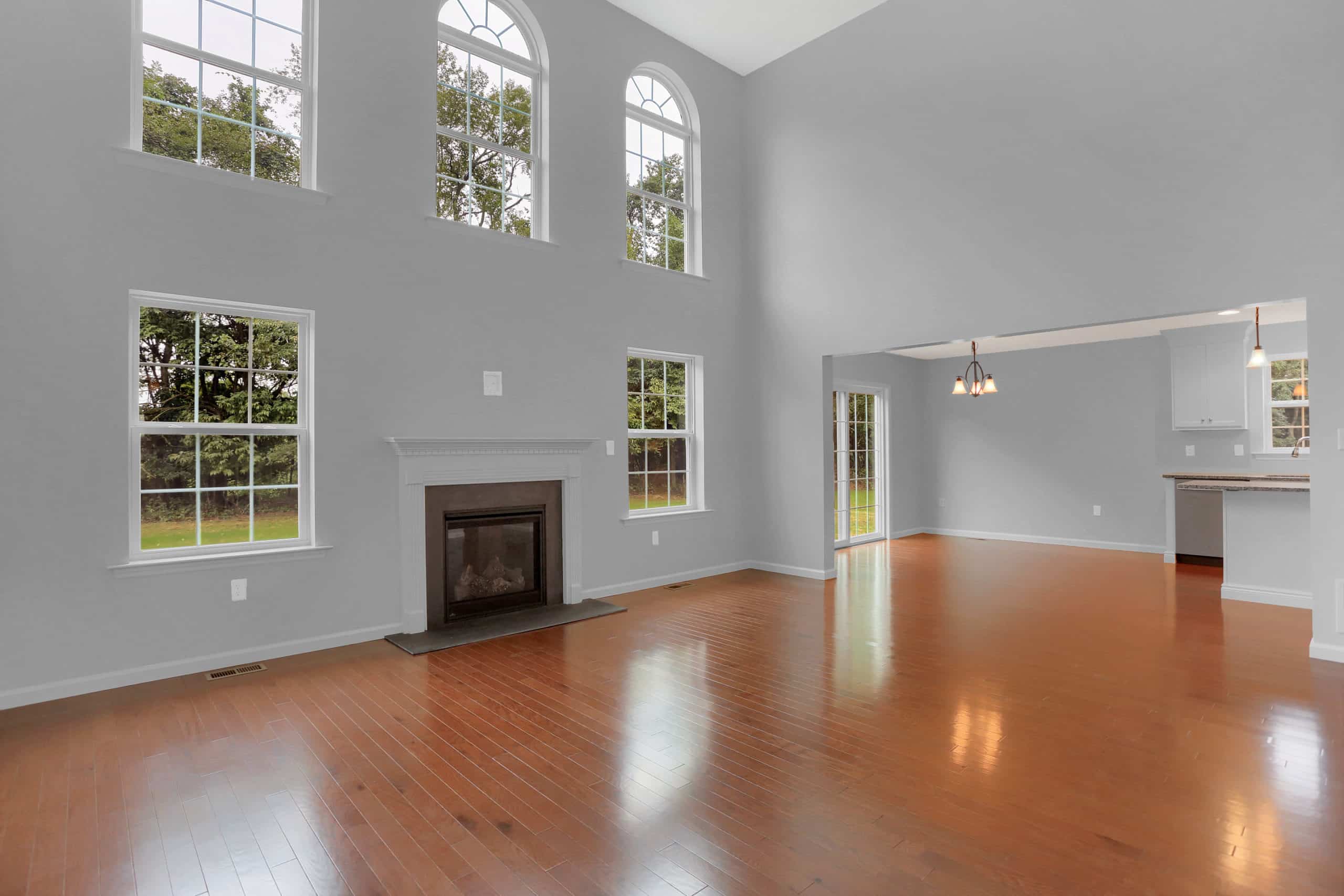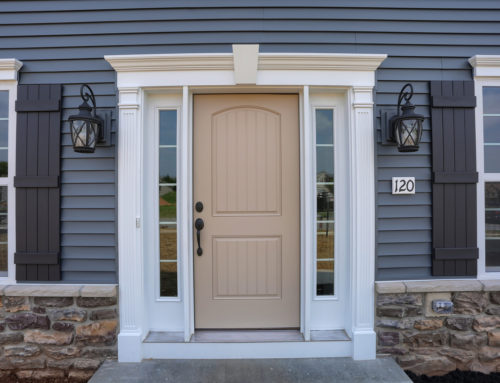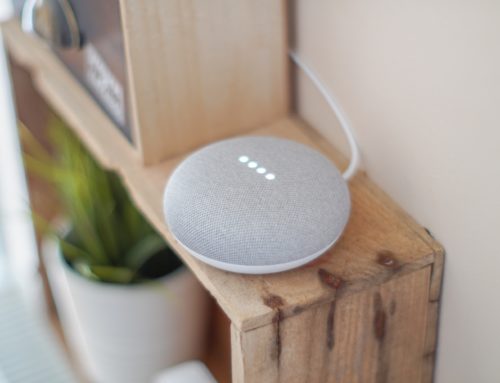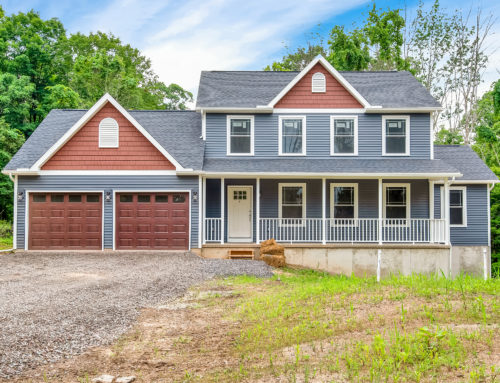It is designing products and environments to be used by all people. Taking a few steps while building will give the home a broader appeal, address concerns for someone disabled and provide for the ability to remain longer in your own home as you age in place.
The National Association of Home Builders provides the following list of the more common Universal Design features:
- No-step entry. No one needs to use stairs to get into a universal home or into the home’s main rooms.
- One-story living. Places to eat, use the bathroom and sleep are all located on one level, which is barrier-free.
- Wide doorways. Doorways that are 32-36 inches wide let wheelchairs pass through. They also make it easy to move big things in and out of the house.
- Wide hallways. Hallways should be 36-42 inches wide. That way, everyone and everything moves more easily from room to room.
- Extra floor space. Everyone feel less cramped. And people in wheelchairs have more space to turn.
- Floors and bathtubs with non-slip surfaces help everyone stay on their feet. They’re not just for people who are frail. The same goes for handrails on steps and grab bars in bathrooms.
- Thresholds that are flush with the floor make it easy for a wheelchair to get through a doorway. They also keep others from tripping.
- Good lighting helps people with poor vision. And it helps everyone else see better, too.
- Lever door handles and rocker light switches are great for people with poor hand strength. But others like them too. Try using these devices when your arms are full of packages. You’ll never go back to knobs or standard switches.
Some universal design features just make good sense and you’ll wonder how you ever lived without them.











